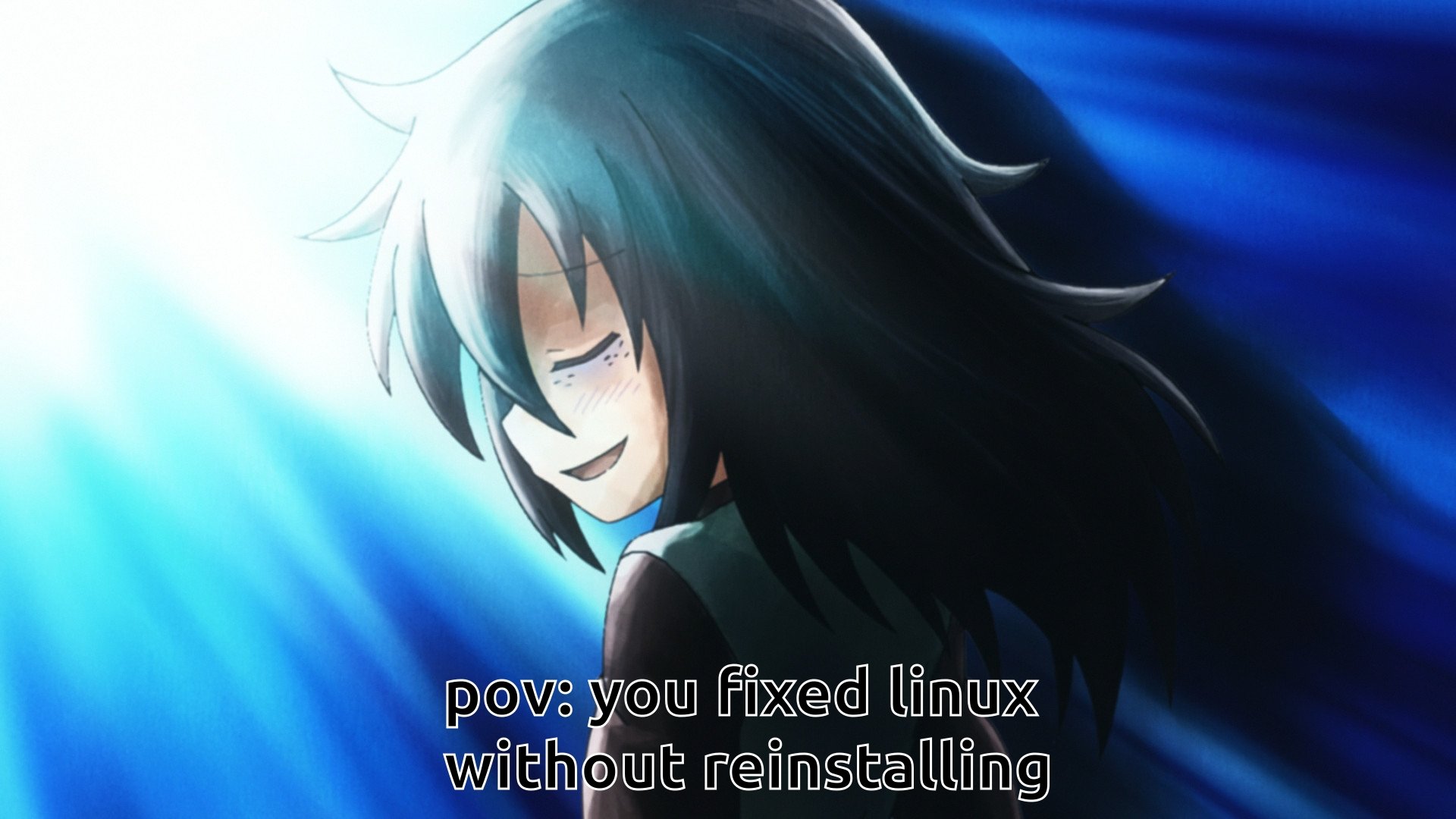Not fixed but there is an Arch problem that is and will always be the bane of mi existence.
For some reason when I click with the trackpad buttons the touchpad gets frozen for like a second (it's like they are recognised by the system as keyboard buttons, I have enabled that option to temporarily disable it when using keyboard).
I've checked for hours and days the libinput documentation and some synaptics libraries, even legacy ones. It is to this day the only problem that has lead me to reinstall my system but the problem remains.
It's not even like I have some niche setup, I mean, surely there must be thousands of Arch users running with a ThinkPad X1 Carbon Gen 7, and surely not every single one of them must be running it like this, right?
It has come to a point where I just gave up and got used to my system as is, but I'm sure I would be running fanfare if some day I am able to fix it.
